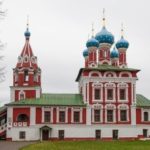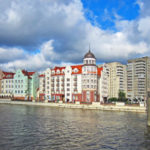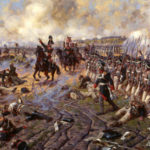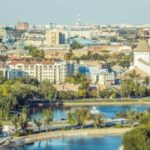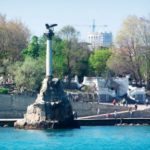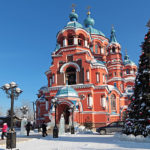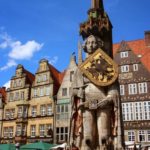20 facts about the siege of Leningrad
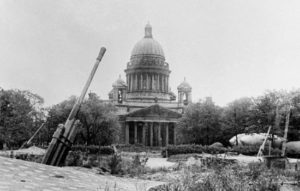 The long blockade of Leningrad became one of the worst events during the Great Patriotic War. The multi-million city was virtually cut off from the rest of the country, which caused hunger, disease and other disasters that swept it, despite all the efforts of brave defenders. And to this day, this event remains a black page in world history.
The long blockade of Leningrad became one of the worst events during the Great Patriotic War. The multi-million city was virtually cut off from the rest of the country, which caused hunger, disease and other disasters that swept it, despite all the efforts of brave defenders. And to this day, this event remains a black page in world history.
January 27, 2019 marks exactly 75 years since the lifting of the blockade.
By the beginning of the blockade in Leningrad, there was not enough food and fuel, and Lake Ladoga was the only way to reach the city.
Leningrad was taken into the ring on September 8, 1941, and it was possible to completely free it from the Nazis only on January 27, 1944. The blockade of 872 days lasted.
Passage to the city by sea through minefields was provided only in 1946, that is, after the end of the war. It took a long time to get rid of the mines.
During the blockade, more than 630 thousand Leningraders died from hunger and deprivation, and this figure was announced at the Nuremberg trials. However, according to other statistics, real numbers can reach one and a half million people.
Only 3% of deaths in the city during the siege of Leningrad are caused by enemy shelling and bombing, the remaining 97% died from starvation and disease.
Employees, dependents and children received only 125 grams of bread per day from November 20 to December 25. Workers were supposed to 250 grams of bread, and the personnel of fire brigades, paramilitary security and vocational schools – 300 grams.
The frozen Ladoga Lake became the “Road of Life”, along which supplies were delivered to the city, and residents were evacuated along it. In total, about 550 thousand people were taken out of the besieged Leningrad along the Road of Life.
In those years, Leningrad in the USSR accounted for 10% of the country’s military-industrial complex. This was another good reason to fight out of town until the last defender.
The blockade of Leningrad was officially attended by German, Italian and Finnish military.
In besieged Leningrad, bread was baked from a mixture of rye and oat flour, oilcake and unfiltered malt. The bread was almost black in color and bitter in taste.
January 27, the day of lifting the siege of Leningrad, is officially the Day of military glory of Russia.
The population of the northern capital at the beginning of the blockade was about 3 million people.
In total, about 1.5 million people, that is half of the total population, were evicted from the city during the time under siege.
During the years of World War II, St. Isaac’s Cathedral was never subjected to direct shelling, and only once did a shell hit the western corner of the cathedral. According to the military, the reason was that the Germans used the tallest dome of the city as a landmark for shooting.
About 1,500 loudspeakers were used to alert citizens about enemy air raids in besieged Leningrad.
The first siege winter was very severe, and the cold lasted almost until May. There was not enough firewood, so everything that could burn and give heat was used as fuel for the stoves.
After the lifting of the siege of Leningrad, the siege of the city by enemy troops continued for another six months.
During the blockade, more than 107 thousand bombs were dropped on Leningrad and more than 150 thousand artillery shells were fired.
Leningraders themselves equipped more than 22 thousand fortified firing points in the city, and also erected more than 35 km of barricades.


